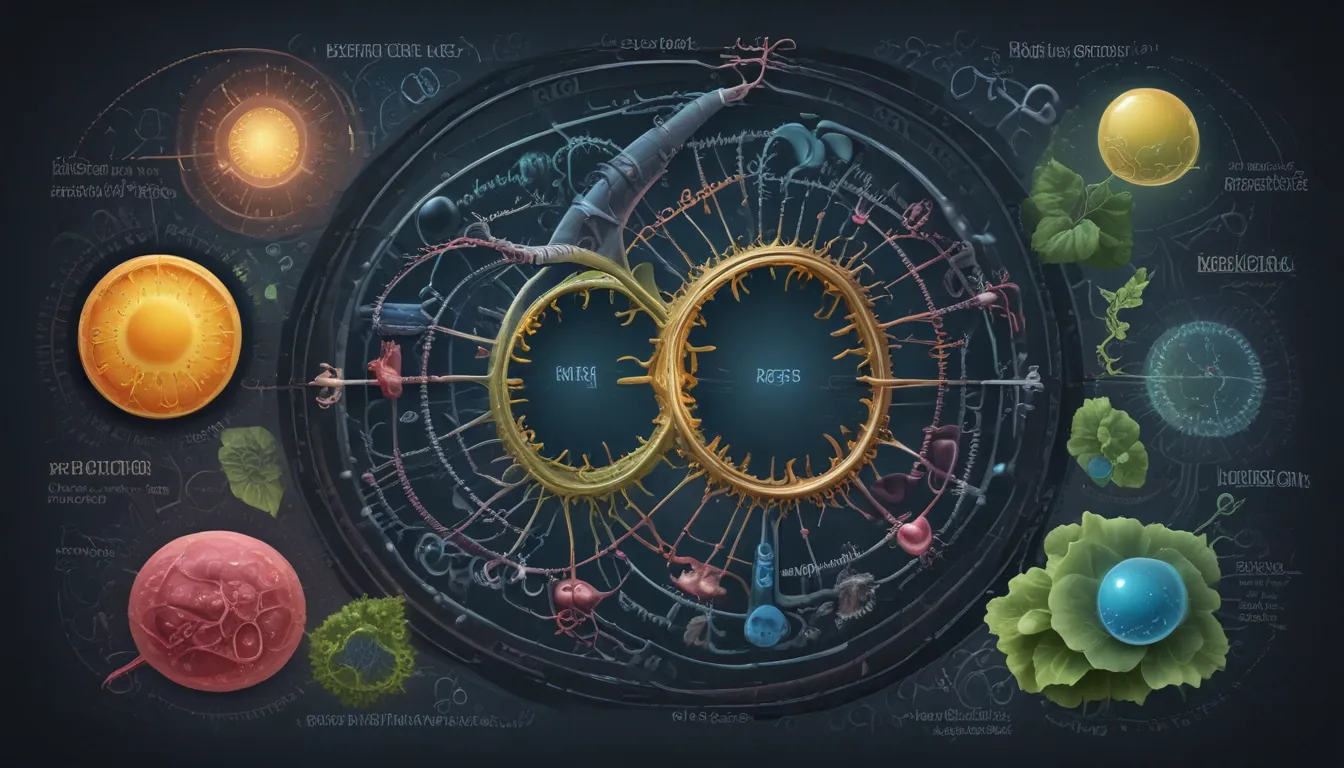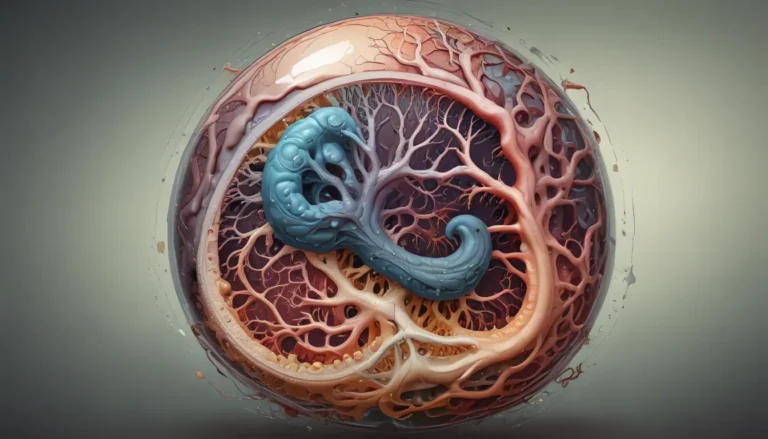A Note About Images: The images used in our articles are for illustration purposes only and may not exactly match the content. They are meant to engage readers, but the text should be relied upon for accurate information.
Are you fascinated by the inner workings of cellular metabolism and the generation of energy within your body? If so, the Krebs Cycle, also known as the citric acid cycle or the tricarboxylic acid cycle, will surely pique your curiosity. This vital biochemical process, discovered by Nobel laureate Sir Hans Krebs in 1937, is a metabolic powerhouse that fuels every living cell, ensuring the efficient production of energy through a complex series of chemical reactions. Let’s dive into 11 fascinating facts about the Krebs Cycle, shedding light on its significance and unveiling its intricate mechanisms.
Discovery and Understanding
The Krebs Cycle was first unravelled by Hans Krebs through groundbreaking research that unveiled the complex series of chemical reactions involved in cellular respiration. His discovery revolutionized our understanding of how cells generate energy, laying the foundation for modern biochemistry.
Energy Production
At the core of the Krebs Cycle lies its primary function: generating energy in the form of adenosine triphosphate (ATP) through the oxidation of acetyl-CoA. ATP serves as the main energy currency used by cells to power essential biological processes.
Metabolic Hub
Imagine the Krebs Cycle as a bustling hub connecting various pathways of glucose, fatty acid, and amino acid metabolism. It acts as the convergence point for the breakdown of carbohydrates, lipids, and proteins, ensuring a seamless flow of energy production.
Carbon Dioxide Production
As the Krebs Cycle progresses, carbon dioxide (CO2) is released as a byproduct of decarboxylation reactions. These reactions play a crucial role in extracting energy from food molecules and facilitating the production of ATP.
Electron Transport Chain
High-energy electrons generated during the Krebs Cycle are funneled into the electron transport chain. This chain orchestrates oxidative phosphorylation, the final step in ATP synthesis, culminating in the generation of vast amounts of energy for cellular functions.
Regeneration of Oxaloacetate
Oxaloacetate, the starting compound of the Krebs Cycle, is regenerated at the end of each cycle. This regeneration ensures the continuous operation of the cycle, allowing for sustained ATP production to meet the energy demands of the cell.
Oxidative Decarboxylation
Vital oxidation reactions within the Krebs Cycle lead to the removal of carbon dioxide from intermediates. This process, known as oxidative decarboxylation, is essential for extracting energy from food sources and sustaining cellular activities.
Enzyme Catalysis
The intricate reactions of the Krebs Cycle are catalyzed by a series of enzymes, including citrate synthase, isocitrate dehydrogenase, and alpha-ketoglutarate dehydrogenase. These enzymes play a pivotal role in regulating the cycle and ensuring its efficiency.
Aerobic Respiration
The Krebs Cycle serves as a linchpin in aerobic respiration, the process that relies on oxygen to generate energy. By supplying substrates for the electron transport chain, it enables the efficient production of ATP, essential for sustaining life.
ATP Yield
In a single round of the Krebs Cycle, three molecules of NADH, one molecule of FADH2, and one molecule of GTP (convertible to ATP) are produced. These high-energy molecules carry electrons critical for ATP synthesis and support cellular functions.
Essential for Life
The Krebs Cycle stands as a cornerstone of aerobic metabolism in all living organisms, including humans. It fuels the generation of energy required to power various physiological functions, underscoring its indispensable role in sustaining life.
Conclusion
The Krebs Cycle, with its intricate web of chemical reactions and energy production mechanisms, serves as a testament to the marvels of cellular metabolism. By delving into its fascinating intricacies and understanding its role in ATP synthesis, we gain valuable insights into the fundamental processes that drive life at the cellular level.
Exploring the mysteries of the Krebs Cycle not only enriches our knowledge of biology but also unveils potential implications in medicine and disease. Dysregulation of this crucial metabolic pathway has been linked to a myriad of conditions, from metabolic disorders to cancer, highlighting the importance of ongoing research into its molecular mechanisms.
FAQs: Your Burning Questions Answered
Q: What is the Krebs cycle?
A: The Krebs cycle is a metabolic pathway occurring in the mitochondria, responsible for generating ATP through a series of chemical reactions.
Q: Who discovered the Krebs cycle?
A: The Krebs Cycle was first discovered by British biochemist Sir Hans Krebs in the 1930s, revolutionizing our understanding of cellular metabolism.
Q: Why is the Krebs cycle important?
A: The Krebs Cycle is vital for energy production in cells, generating ATP crucial for various biological processes.
Q: What are the intermediates of the Krebs cycle?
A: Intermediates include citrate, isocitrate, alpha-ketoglutarate, succinyl-CoA, succinate, fumarate, malate, and oxaloacetate, recycled during the cycle.
Q: How is the Krebs cycle regulated?
A: Enzymes and feedback mechanisms regulate the cycle, with high ATP and NADH levels inhibiting key enzymes to meet cellular energy demands.
Q: Can the Krebs cycle lead to diseases?
A: Dysregulation of the Krebs cycle has been associated with metabolic disorders, neurodegenerative diseases, and cancer, prompting ongoing research.
Unravel the mysteries of the Krebs Cycle, explore its inner workings, and deepen your understanding of cellular respiration and energy generation. Let the wonders of this metabolic pathway inspire your curiosity and fuel your passion for biological sciences. By delving into the complexities of the Krebs Cycle, you embark on a journey of discovery that unveils the miraculous processes that sustain life at its core.






